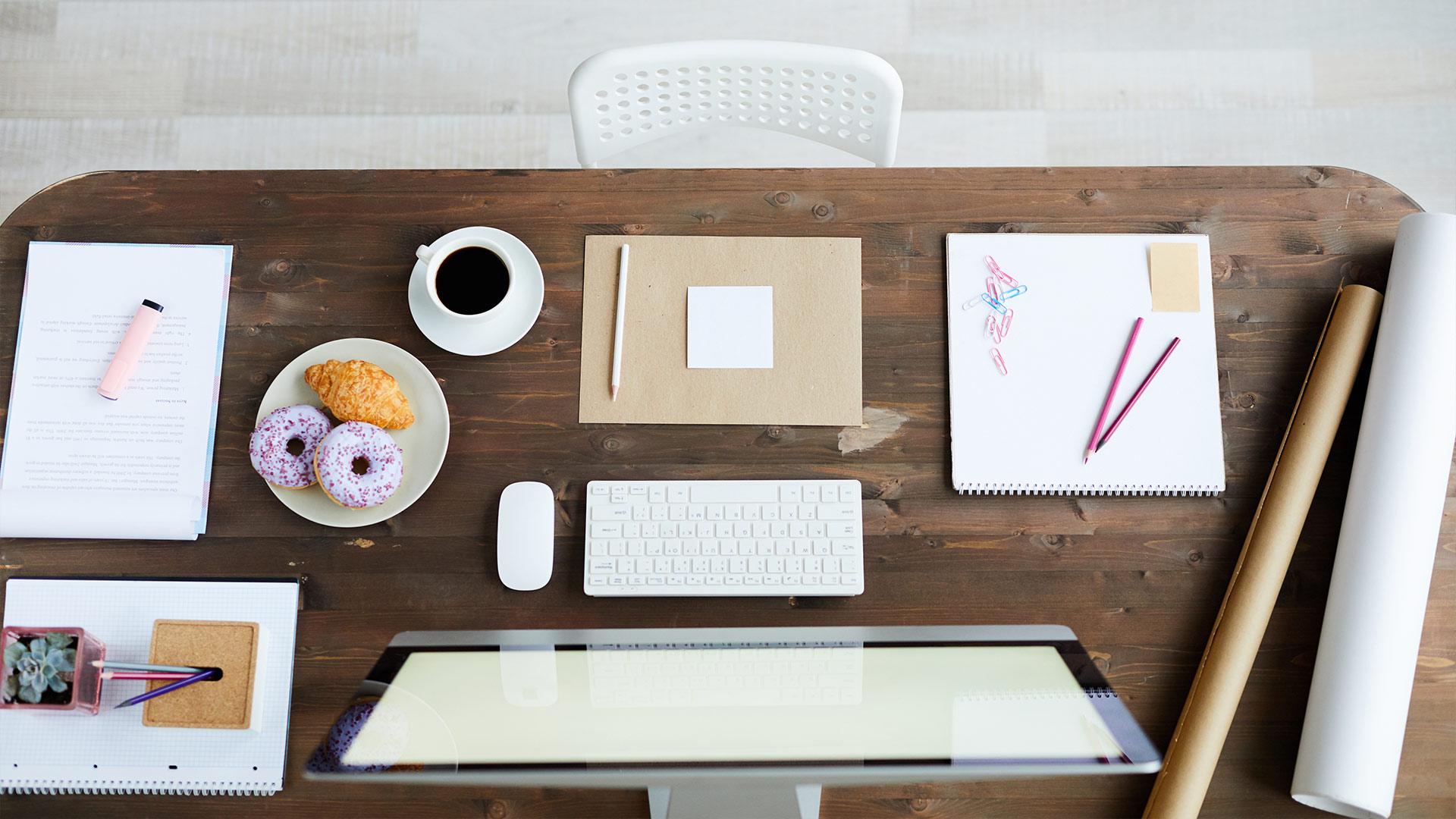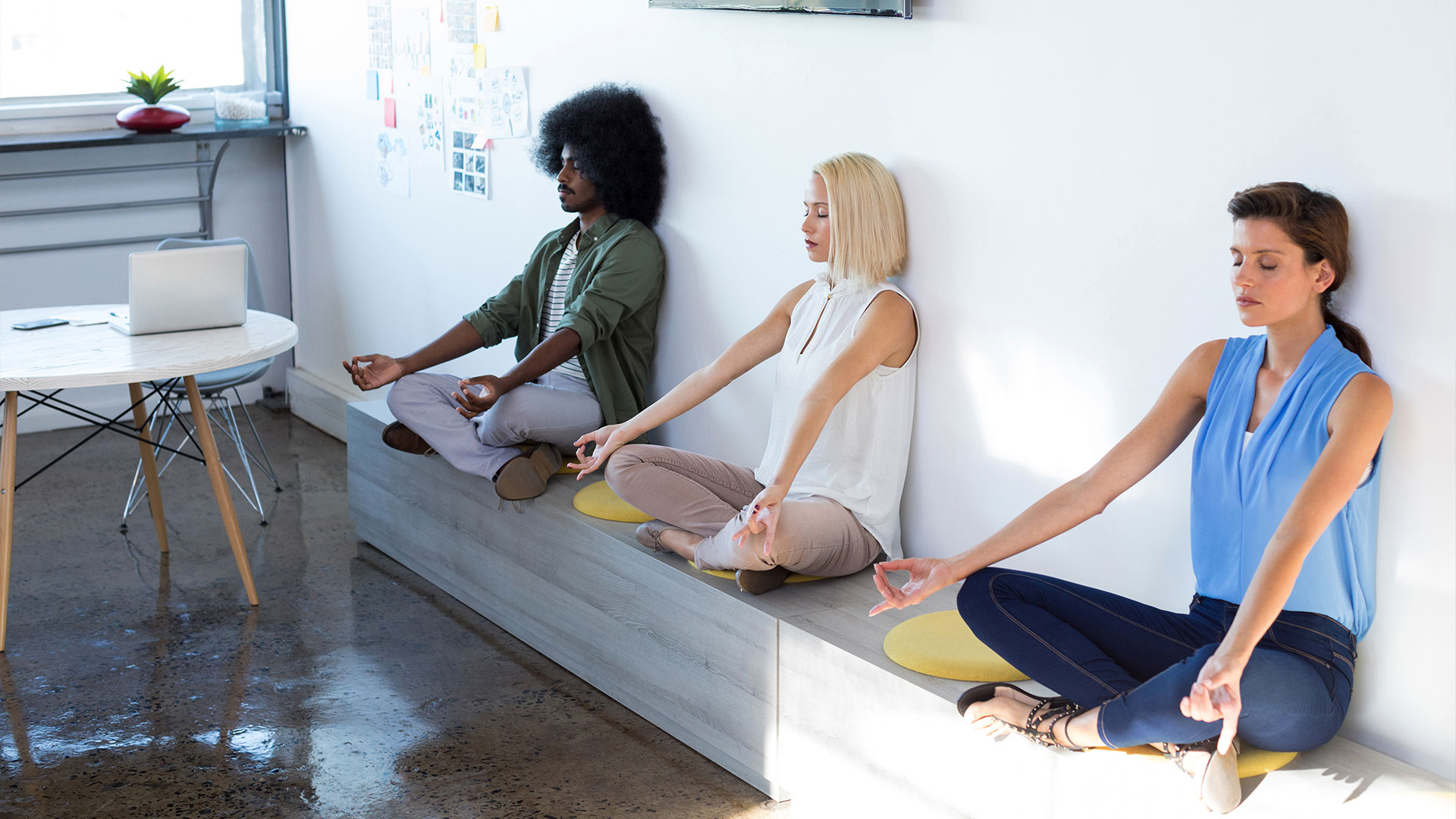How to Design a Desk That Helps You Focus, Not Fidget
Start small. Change one thing about your desk today, and watch how it impacts your ability to focus. Whether it’s cleaning up, creating zones, or adding lighting, a few thoughtful changes can lead to a huge boost in your productivity.

Let’s be real—your desk is where the magic (or misery) happens. It’s your battlefield, your sanctuary, your chaos zone, and your creative hub all in one. But here’s the problem: if your desk is a mess or doesn’t support the way your brain works, you’re setting yourself up for a daily struggle.
So, how do you create a desk that helps you focus, not fidget? A space that encourages productivity, creativity, and calm? Let’s design it.
Step 1: Clear the Clutter
Your desk is probably full of things you don’t even notice anymore. That old coffee mug. A pile of receipts. Loose papers from last week’s meeting. These little distractions don’t seem like much—but they’re stealing your focus bit by bit.
Here’s what you need to do:
- Purge: Keep only what you need to do your job well. A clean desk = a clean mind.
- Categorize: Group your items into categories: tools, papers, gadgets. This keeps things from mixing up.
- File It: Get a filing system. If it can’t be filed digitally, it shouldn’t be on your desk.
The goal isn’t minimalism. It’s clarity. A clutter-free desk means fewer distractions, less stress, and better focus.
Step 2: Create Zones for Different Tasks
If your desk is a free-for-all—emails, meetings, brainstorming—it’s no wonder you can’t concentrate. Your brain needs distinct zones to work efficiently.
Try creating a “task zone” for each major part of your workday:
- Deep Work Zone: A corner for intense focus work. This should be clean and minimalist—think only your laptop, notebook, and maybe a plant.
- Collaborative Zone: A spot where you handle meetings and chats (virtual or in-person). Keep it comfortable, but not too cozy.
- Creative Zone: If you do any brainstorming, design, or writing, give it a space that’s visually inspiring—without being overwhelming.
By dedicating specific spots for each type of work, your brain doesn’t have to keep switching gears.
Step 3: Choose the Right Tools for Comfort and Focus
If your desk setup is uncomfortable, you’ll find any excuse to avoid it. A bad chair or screen height can trigger physical discomfort, which leads to mental distraction.
Here’s what to focus on:
- Chair: Invest in a comfortable, supportive chair that encourages good posture. If your back hurts, your brain won’t be working at full capacity.
- Monitor Height: Your screen should be at eye level to reduce neck strain. If you’re working on a laptop, get a stand or external monitor.
- Keyboard and Mouse: Keep them within easy reach. If you have to stretch to type or use your mouse, it’ll kill your focus.
Small changes here can make a big difference in how long you can focus comfortably.
Step 4: Limit the “Stuff” That Doesn’t Serve You
It’s tempting to decorate your desk with motivational quotes, knick-knacks, and memorabilia. But too many visual stimuli can overwhelm your senses and distract you from your work.
Choose only a few items that either:
- Bring you calm (a small plant or a stress ball)
- Inspire you (a picture of something or someone meaningful)
- Keep you grounded (a favorite coffee mug, but no more than one)
Remember: less is more when it comes to desk decor. Too much stuff pulls your attention in all directions.
Step 5: Bring in the Power of Lighting
Lighting isn’t just about brightness—it affects your mood and energy levels. Poor lighting can lead to eye strain, headaches, and general sluggishness.
Here’s how to get it right:
- Natural light: If possible, set up near a window. Natural light boosts mood, reduces stress, and helps you stay alert.
- Desk lamp: If natural light isn’t available, invest in a soft, adjustable desk lamp that mimics natural light. Avoid harsh, glaring overhead lights.
- Blue light filter: If you’re staring at screens all day, use blue light filter glasses or install software that reduces blue light exposure, especially in the evening.
Good lighting boosts focus, creativity, and reduces eye strain, making you feel better throughout the day.
Step 6: Make Space for Movement
Sitting all day is a recipe for discomfort and decreased productivity. So, build movement into your workspace.
Try:
- A standing desk or desk converter that lets you switch between sitting and standing.
- A small stretching routine or walking break every hour.
- A balance ball instead of a regular chair to engage your core and improve posture.
Even minor movements throughout the day improve circulation, reduce stress, and keep you energized.
Step 7: Personalize, But Don’t Overdo It
Personalizing your desk is important—it helps you feel at home in your space. But too much “personal” clutter (like 17 family photos or a stack of unread books) can create chaos.
Add touches that inspire or calm you:
- A small plant for some greenery
- A photo or two of people who motivate you
- A piece of art or a quote that helps you focus
This keeps the desk inviting and energizing but doesn’t distract from work.
Step 8: Organize Your Digital Desk, Too
If your digital desktop is as messy as your physical one, you’re in trouble. A cluttered screen is just as distracting as a messy desk.
- Organize files into clearly labeled folders
- Minimize tabs to just what you need for the day
- Use a focus app to block distracting sites during work hours
A clean digital workspace improves focus, reduces decision fatigue, and helps you find what you need faster.
Step 9: Make Time for a Daily Reset
At the end of the day, do a quick reset of your workspace:
- Tidy up papers and folders
- Wipe down surfaces
- Organize your desk for tomorrow
A tidy space encourages clarity and focus the next day, and it signals to your brain that you’re finished for the day.
Small Changes, Big Results
A well-designed desk doesn’t just look nice—it sets you up for success. It supports your focus, reduces stress, and encourages clarity throughout your workday.
Start small. Change one thing about your desk today, and watch how it impacts your ability to focus. Whether it’s cleaning up, creating zones, or adding lighting, a few thoughtful changes can lead to a huge boost in your productivity.


